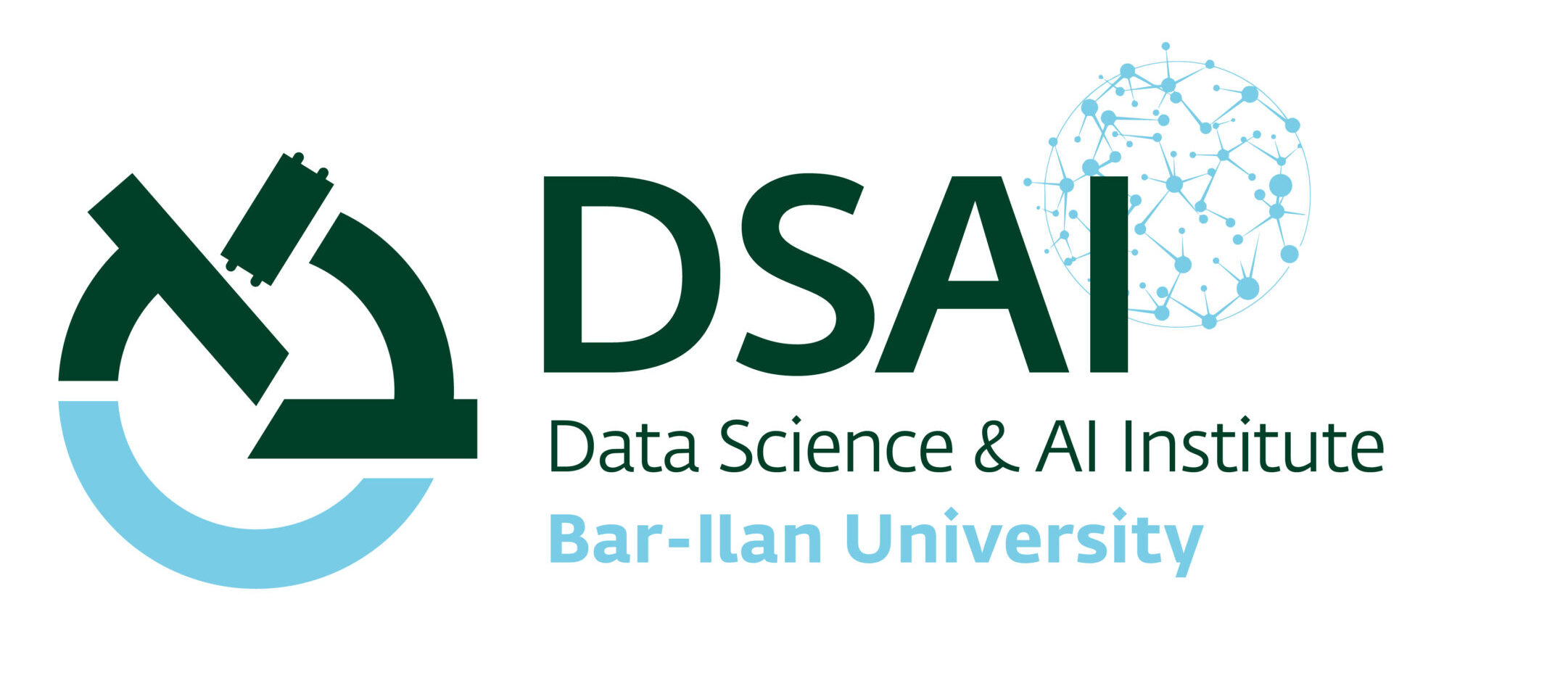
- This event has passed.
BIU AI and ML Learning Club – June 16, Revealing Latent Hierarchical Structures in High-Dimensional Data Using Hyperbolic Representations
June 16, 2024 @ 12:00 pm - 1:00 pm IDT
On June 16, Dr. Ronen Talmon from the Technion will give a talk titled: Revealing Latent Hierarchical Structures in High-Dimensional Data Using Hyperbolic Representations
Abstract:
The tremendous success of the Machine Learning paradigm heavily relies on the development of powerful optimization methods, and the canonical algorithm for training learning models is SGD (Stochastic Gradient Descent). Nevertheless, the latter is quite different from Gradient Descent (GD) which is its noiseless counterpart. Concretely, SGD requires a careful choice of the learning rate, which relies on the properties of the noise as well as the quality of initialization.
It further requires the use of a test set to estimate the generalization error throughout its run. In this talk, we will present a new SGD variant that obtains the same optimal rates as SGD, while using noiseless machinery as in GD. Concretely, it enables to use the same fixed learning rate as GD and does not require to employ a test/validation set. Curiously, our results rely on a novel gradient estimate that combines two recent mechanisms which are related to the notion of momentum.
Understanding and accurately representing hierarchical data is crucial across various fields. In this talk, using concepts and tools from manifold learning, I will present a new method for embedding hierarchical data into hyperbolic space. The new method is computationally efficient, deterministic, and provably recovers the underlying hierarchical structure. In addition, I will present a new tree Wasserstein distance for high dimensional data with a latent feature hierarchy. I will demonstrate the efficacy of the proposed methods and their advantages compared to existing methods on graph embedding benchmarks and several hierarchical datasets that involve word documents and single-cell RNA-sequencing.
This is joint work with Ya-Wei Lin (Technion), Gal Mishne (UCSD), and Ronald Coifman (Yale)
BIO:
Ronen Talmon is an Associate Professor of electrical and computer engineering at the Technion – Israel Institute of Technology. He received the B.A. degree (cum laude) in mathematics and computer science from the Open University in 2005, and the Ph.D. degree in electrical engineering from the Technion in 2011. From 2011 to 2013, he was a Gibbs Assistant Professor at the Mathematics Department, Yale University, New Haven, CT. In 2014, he joined the Department of Electrical Engineering of the Technion. His research interests are signal processing, mathematics of data science, manifold and geometric learning, and applied haromonic analysis.
